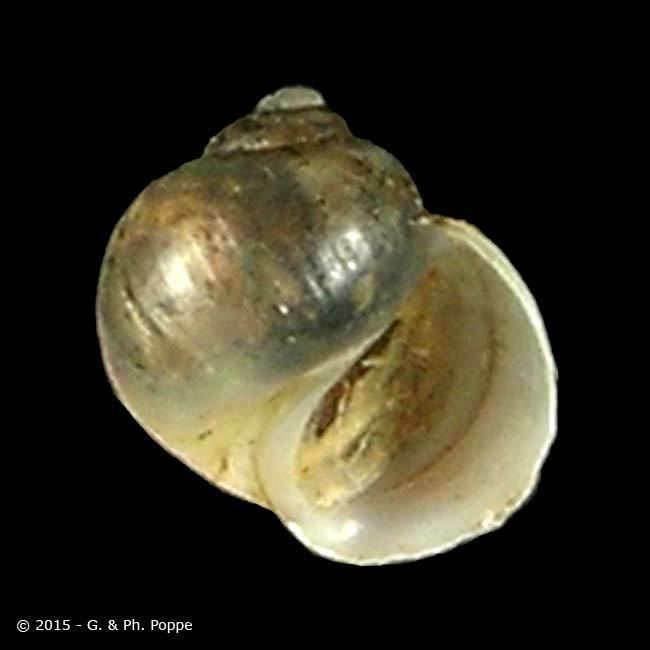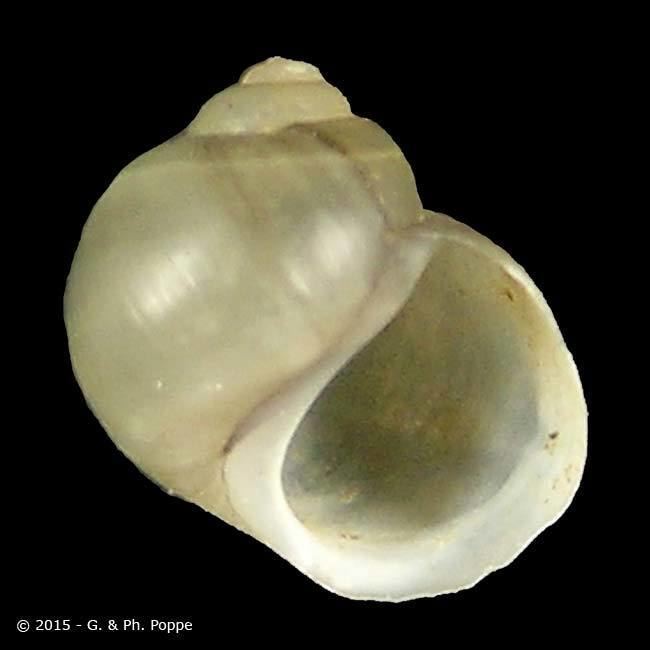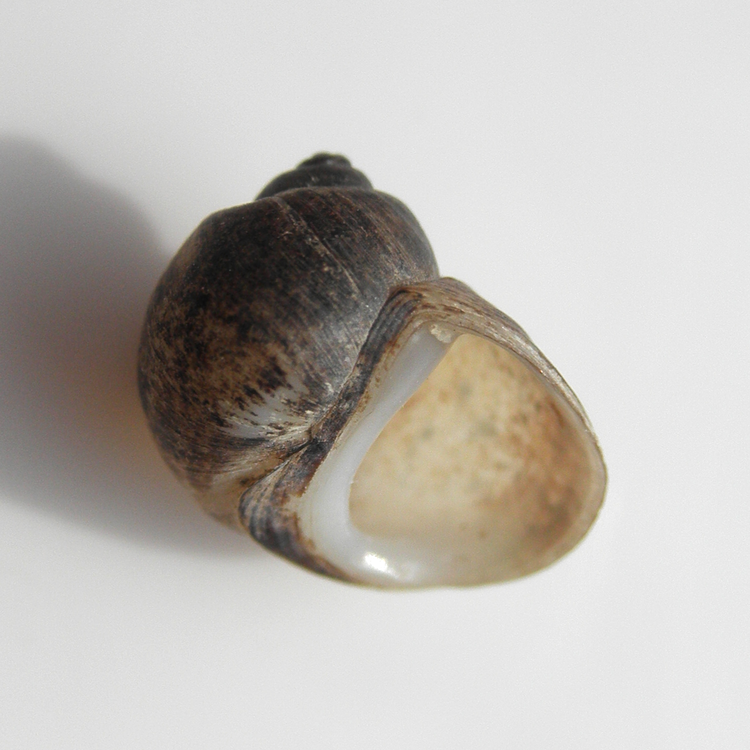Superfamily Rissooidea Subfamily Lithoglyphinae Rank Species | Genus Lithoglyphus Higher classification Lithoglyphus | |
 | ||
Similar Lithoglyphus, Valvata piscinalis, Bithynia tentaculata, Valvata cristata, Bithynia leachii | ||
Lithoglyphus naticoides, common name the "gravel snail", is a species of small or minute freshwater snail with an operculum, an aquatic gastropod mollusk in the family Lithoglyphidae.
Contents

Lithoglyphus naticoides is the type species of the genus Lithoglyphus.
Distribution

The distribution of Lithoglyphus naticoides in the Pliocene ranged from Western Europe to Western Siberia. Its distribution subsequently shrank to the Ponto-Azov area during cooler eras.

The distribution of this species is Pontic. The native distribution includes only Black Sea rivers and the Danube up to Regensburg, from southeastern to central Europe.

It has also artificially colonized other parts of Europe. After 1800 it was introduced to the Elbe and Rhine regions.
After 1960 it has become almost extinct due to water pollution in central Europe.
This snail is found in the following countries:
Western Europe:
Central Europe:
Eastern Europe:
Asia:
North America:
Description
This species is called "naticoides" because in shape and general appearance the shell and the operculum of this species is reminiscent of the shell and the operculum of the marine moon snails or Naticidae (for example, the Northern moon snail).
The shell is globular, light grey to greenish yellow or dark. The shell has 4.5-5 whorls. The last whorl is predominating. Dimensions of the shell are 7-10 mm × 7-10 mm. Or the width of the shell is 6.5-8 mm. The height of the shell is 7-9 mm.
The animal has a broad foot. Males are often smaller than females.
Ecology
It lives in rivers, lakes, channels and reservoirs. In rivers, it lives at sites with low water currents, on solid muddy soils and at stones. It requires high oxygen and calcium carbonate contents. The population diversity reached up to 3.300 snails per m² according to Krause (1949). It can live in salinity up to 3 ‰.
Lithoglyphus naticoides feeds on diatomes and green alga.
The life cycle of Lithoglyphus naticoides takes one year. Reproduction of Lithoglyphus naticoides takes place mainly in July. The morphology of the egg capsules has been described by Berezkina (2010). The life span is 4–5 years.
Parasites of Lithoglyphus naticoides include:
Human use
Perforated shells of Lithoglyphus naticoides were found in a Neolithic grave in Lower Austria as a head decoration.
